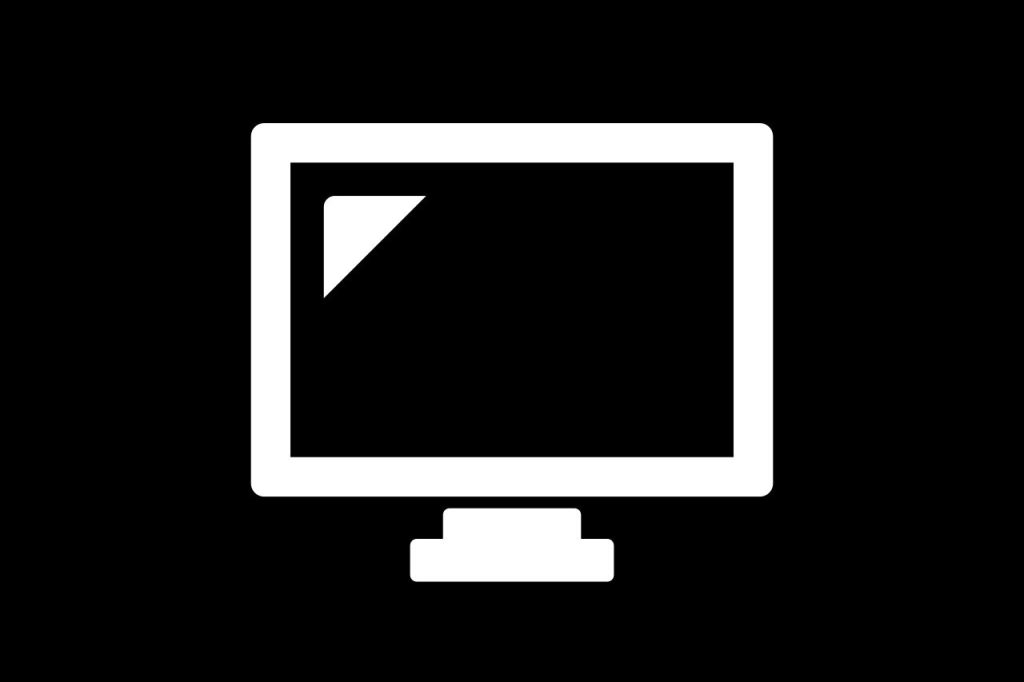The choice of the monitor size should mostly depend on your viewing distance from the screen.
Put simply, the farther you sit from the monitor, the larger the screen you'll require.
There are also some online FOV calculators (like this one) to help you determine the in-game FOV that will offer good immersion at almost any monitor size.
From my own experience, I suggest opting for at least a 21-inch monitor.
Although some players use even 60-inch monitors, I find that a 27-inch or 32-inch display strikes a balance and is an ideal recommendation if you're unsure about sizing. This size is generally neither too small nor too large, making it suitable even for a future triple monitor setup.
If I were to pinpoint an "ideal" monitor size for sim racing, it would undoubtedly be 32 inches. But if you plan on using the same monitor for your work, I'd recommend going with a 27-inch monitor. It's not as big but still sufficient for sim racing.
In case you like the ultrawide format, 34 inches or even 49 inches should be the best choice, as there are a lot of solid monitors made for gaming in these sizes.
What is the best resolution for sim racing?
When searching for a monitor, you may also be contemplating the best resolution.
Here's my perspective:
Choose the largest resolution available, whether it's 2k or even 4k. If necessary, you can always adjust the resolution in your operating system or game settings. However, be cautious about opting for a low resolution, as it can result in a slightly blurred gaming experience. Personally, on my 27-inch monitor, a 1920x1080 resolution already seems a bit blurry.
When considering resolution, it's also important to think about pixel density, measured in pixels per inch (PPI). Higher PPI means sharper images and text, which enhances the overall visual experience.
Here are some recommendations based on PPI:
- 24-inch monitor: aim for at least a 1080p resolution (91 PPI)
- 27-inch monitor: a 1440p resolution (109 PPI) is ideal. You can go with 4k, but it's a bit overkill. I personally wouldn't sacrifice extra FPS for it, as the difference is barely noticeable.
- 32-inch monitor: A 1440p resolution (92 PPI) is the minimum for acceptable sharpness. For the best experience, a 4k resolution (137 PPI) is recommended, though it will demand significant graphics power.
- 34-inch ultrawide monitor: A 3440x1440 resolution (109 PPI) is ideal, offering a wide field of view with excellent sharpness.
- 49-inch ultrawide monitor: A 5120x1440 resolution (108 PPI) provides a stunning and immersive experience, but again, ensure your system can handle it.
Balancing PPI with your monitor size and resolution will ensure you get the best possible visual experience for both sim racing and other tasks. If your monitor size isn't on the list, you can use one of the PPI calculators. I suggest choosing monitors with at least 90 PPI, preferably more than 105.
Also, there are now some technologies like FSR that offer the potential to enhance your resolution, but from my experience, the native resolution remains unparalleled.
Nevertheless, it's important to strike a balance between resolution and frame rate (FPS). A higher resolution often translates to lower FPS. If you want to treat simracing competitively, aim for at least the same number of FPS as your monitor's refresh rate, even if it means sacrificing some graphical fidelity for optimal performance.
Are curved monitors good for Sim Racing?
The choice between curved and flat monitors is highly subjective. While I find curved monitors delightful and a bit more immersive, I wouldn't necessarily pay extra for this feature, as it doesn't dramatically alter the experience.
For those with a single ultrawide monitor, a curved display might enhance immersion. However, when playing on a triple monitor setup, the difference between curved and flat monitors is minimal.
Ultimately, the decision hinges on personal preference. If possible, I recommend testing both monitor types before making a purchase to determine which aligns better with your preferences.
For example, as much as I love curved monitors for gaming, the VA panels were a deal-breaker because I found them really annoying during my job (I don't own a separate rig yet, so I use my monitor for both sim racing and work).
What monitor size is best for a triple monitor setup in Sim Racing?
Once again, it's subjective, but a 32-inch monitor appears to strike the perfect balance.
This size is neither overly imposing nor excessively small. While some enthusiasts favor 27-inch monitors for triple setups, my long-term experience suggests they might be a bit too small.
If you're partial to larger screens and maintain a modest viewing distance, you might contemplate a 43-inch monitor. There are even individuals using 55 or 60-inch triple monitor configurations.
However, keep in mind these things:
- Large monitors tailored specifically for gaming (high refresh rates, low input lag) are still very rare.
- Larger monitors generally command a higher price tag, often exceeding $2,000 each. Depending on how serious (and rich) you are, $6,000 for three monitors is a price that could buy a decent and complete sim racing setup (including a computer).
- The bigger monitors are, the more space you need. For instance, I couldn't fit triple 60-inch monitors in my room, even if the budget wasn't a concern.
- A larger screen typically demands a higher resolution, but even top-tier PCs may struggle to maintain over 144 FPS on a triple 4k setup in demanding sim racing games.
In summary, I continue to recommend the versatile 32-inch size (preferably with 1440p resolution). I think nowadays it's the most universal size, and again, I'd say – try them for yourself.
Measure your room, calculate your PC’s performance, and find something that fits your needs.

